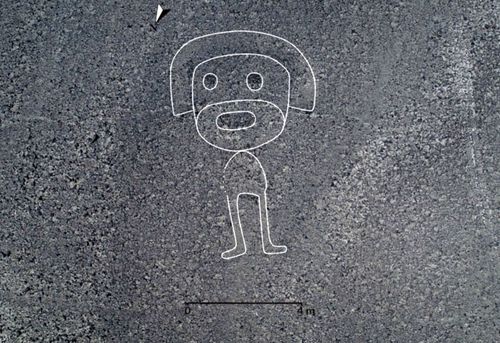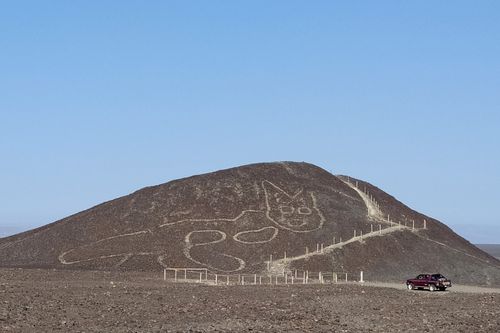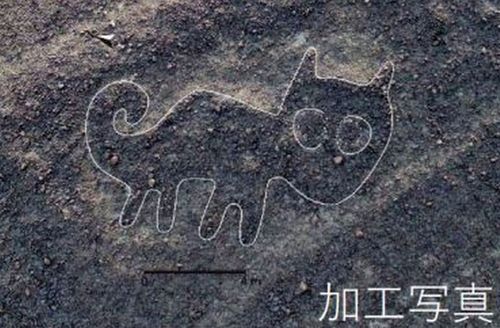More than a hundred new designs discovered in and around Peru’s ancient Nazca plain and surrounding areas could bring new information to light about the mysterious pre-Columbian artworks that have intrigued scientists and visitors for decades.Following two years of field surveys with aerial photos and drones, Peruvian and Japanese researches from Yamagata University earlier this month reported the discovery of 168 new designs at the UNESCO World Heritage site on Peru’s southern Pacific coast.

The geoglyphs, huge figures carved into the South American desert, date back more than 2,000 years and represent humans, cats, snakes, killer whales, birds and native camalids – animals such as llamas, guanacos and alpacas.
GALLERY: Fans welcome back Argentina’s World Cup heroes strand
The famous Nazca Lines geoglyphs can only be fully seen from the air and have proved a major tourist attraction for Peru. (AP)Researchers had already discovered 190 figures in the area since 2004. But the vastness of the terrain they cover has complicated efforts to study and conserve the heritage site.Yamagata University said the research will be used in artificial intelligence-based surveys to help inform the lines’ preservation.Located about 400 kilometres south of Lima, the Nazca Lines are one of archaeology’s greatest enigmas, depicting hundreds of geometrical shapes, animals and imaginary figures.

The figures vary in size, with the largest more than 100 metres from end to end – slightly taller than the Statue of Liberty in New York – while the smallest measures only five metres.
This cat etching at the Nazca Lines in Peru was found in 2019. (University of Yamagata) (Supplied)Scientists and historians believe some of the earth sketches were used for rituals and decoration.
source: 9news.com.au/










